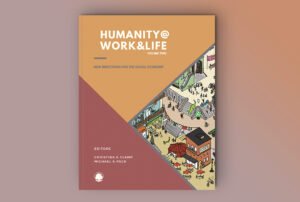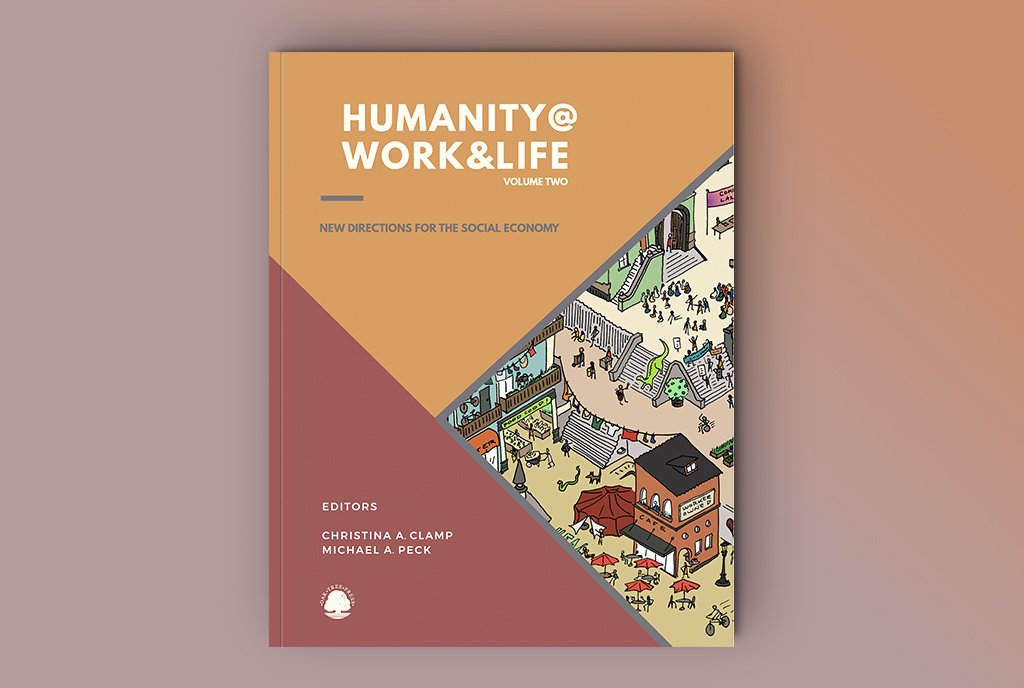
Although President Trump claimed a “clear victory for our national security” with regard to the 16-page decision issued by the Supreme Court yesterday, it appears to many as a kind of punt the president’s so-called travel ban, a delay into which many pundits are attempting to read an eventual outcome.
But Stephen Legomsky, a Washington University law professor and former chief counsel at U.S. Citizenship and Immigration Services, said, “There’s enough in that opinion for either side to claim victory, but on balance I’d say it’s mostly a win for the plaintiffs,” meaning those who challenged the ban.
The decision allows for implementation of a much narrower version of Trump’s original executive order affecting immigration from six Muslim-majority countries. This decision, which will hold until at least October, when the case is expected to be heard in toto, essentially splits the baby; neither proponents nor adversaries of the ban got exactly what they wanted. The majority of visa holders will still be able to enter the United States, and even refugees already in the pipeline for resettlement appear to be eligible to enter. Still, the court did not fully uphold the stays issued by two different appeals courts, and there is enough wiggle room to allow for plenty of government overreach and litigation to curtail that overreach for the next several months.
“We are disappointed that the Court is allowing any aspect of the Muslim ban to take effect, but what’s important to recognize is that the Court adopted a kind of middle-ground position that does not indicate its views on this one way or the other,” David Cole of the ACLU told Jonathan Blitzer of the New Yorker. “They did not grant what the government requested, which was a lifting of the entire injunction. They didn’t grant what we requested, which was a denial of any stay. They took a course that no one suggested.” It was, according to Cole, a “statesman-like attempt to avoid telegraphing how the Court would rule on the merits.”
That statesmanship may or may not be a mirage, but advocates are preparing for a long hot summer and higher stakes in October.
What Is in the Decision
The effectively unanimous decision (more on that below) lifted the stays issued by two U.S. Circuit Courts of Appeals, but with a condition. The injunctions remain in effect for “foreign nationals who have a credible claim of a bona fide relationship with a person or entity in the United States.” In other words, the executive order does not stop travel to the U.S. by such persons. The decision and its “bona fide relationship” distinction affects both immigrant and refugee status. This means that any refugees that meet the test must be admitted, regardless of the 50,000-person limitation included in the executive order.
Here’s where things get murky: What exactly is a “bona fide relationship?” It’s not a standard set down in immigration law, but the court says that “For individuals, a close familial relationship is required. […] As for entities, the relationship must be formal, documented, and formed in the ordinary course, rather than for the purpose of evading [the executive order].” Students admitted to an educational institution would qualify, as would a foreign national who has accepted employment in the U.S., or “a lecturer invited to address an American audience.” As a specific example of evasion, however, “a nonprofit group devoted to immigration issues may not contact foreign nationals from the designated countries, add them to client lists, and then secure their entry by claiming injury from their exclusion.”
Justices Thomas, Alito, and Gorsuch agreed with the majority’s decision, but disagreed with its “bona fide relationship” distinction. They would have preferred that the two appeals court injunctions be lifted in their entirety. In the view of these three, not only is it likely that the Supreme Court will decide in favor of the federal government when the case is argued (one key factor in deciding to lift or maintain a temporary stay), but that “weighing the Government’s interest in preserving national security against the hardships caused to respondents by temporary denials of entry into the country, the balance of the equities favors the Government.” Moreover, the three justices argue that “The compromise also will invite a flood of litigation until this case is finally resolved on the merits, as parties and courts struggle to determine what exactly constitutes a ‘bona fide relationship,’ who precisely has a ‘credible claim’ to that relationship, and whether the claimed relationship was formed ‘simply to avoid §2(c)’ of Executive Order No. 13780.”
Sign up for our free newsletters
Subscribe to NPQ's newsletters to have our top stories delivered directly to your inbox.
By signing up, you agree to our privacy policy and terms of use, and to receive messages from NPQ and our partners.
Background
NPQ has covered the history of the two executive orders affecting immigrant and refugee travel in several articles. In addition, we chronicled all the various Trump executive orders and presidential memoranda, including the two relating to immigration. Both immigration executive orders have as their premise that travelers from certain countries represent a disproportionate risk of coming to the United States with the intent to harm the country and its citizens. The orders seek to halt temporarily most immigration from those countries (seven in the first executive order, six in the second) while the federal government assesses the adequacy of vetting processes (including cooperation from foreign governments) used to qualify refugees and immigrants from all foreign nations. In addition, the orders seek to limit the entrance of refugees to 50,000 during 2017.
The first executive order was EO 13769, issued on January 27, 2017, and which generated an immediate firestorm of protests, confusion over implementation, and court challenges. Opponents claimed the executive order impermissibly and unconstitutionally targeted immigrants and refugees based on religion and used Trump’s own campaign speeches about a “Muslim ban” to substantiate their case. The Ninth Circuit Court of Appeals stayed the order, and the Trump administration decided, instead of further challenging the courts’ decisions, to revoke the January 27th order and issue a new executive order, EO 13780, on March 6, 2017. The second executive order was similar in many respects to the January 27th order, but it recognized the eligibility of residents from the affected countries who possess valid visas to enter the United States and changed certain exceptions favoring minority Christian immigrants living in the six countries named in the order.
The March 6th executive order was stayed by the Fourth Circuit Court of Appeals on religious discrimination grounds in violation of the First Amendment’s “establishment clause,” and the Ninth Circuit also stayed the executive order using the additional argument that “portions of [the order] likely exceeded the President’s authority under the [Immigration and Naturalization Act].” The federal government appealed both circuit court decisions to the U.S. Supreme Court and asked for the stays of the executive order be lifted, resulting in Monday’s decision.
Trump issued a presidential memorandum on June 14, 2017, changing the effective date of the executive order and “direct[ing] the Secretary of State, the Attorney General, the Secretary of Homeland Security, and the Director of National Intelligence to jointly begin implementation of each relevant provision of sections 2 and 6 of the Executive Order 72 hours after all applicable injunctions are lifted or stayed with respect to that provision.”
Next Steps: The Supreme Court and the Challenges of the Next Several Months
The two cases will be combined into one hearing and heard by the Supreme Court “during the first session of October Term 2017,” meaning that they will be among the first 24 cases of the 2017-2018 term. The court notes in Monday’s decision that “[t]he Government has not requested that we expedite consideration of the merits to a greater extent.” In addition to the issues already being argued, the court asks that the parties address whether the challenges to the key part of the executive order became moot on June 14th, the end of the 90-day temporary ban period in the March 6th order. Although the combined cases may be heard as soon as October, there is no set timeline for when the court will issue a decision.
In the meantime, beginning Thursday, immigrants and refugees seeking admission to the U.S. will be required to prove their bona fides, demonstrating they have a personal or business relationship with someone already residing in the country and that that relationship was not manufactured for the purpose of evading the requirements of the temporary travel ban. Many expect a summer full of legal challenges to potential government overreach. Of course, depending on the speed with which the administration completes its review of immigration and refugee vetting operations, much of the entire case may be moot by the time it is heard by the Supreme Court.
Responses among advocates to the Supreme Court decision have been mixed. Omar Jadwat, director of the ACLU’s immigrant rights project, says that the order, “properly construed, should really allow for only the narrowest implementation of any part of the ban.” Others, though, are not so sanguine. “The Court’s decision threatens damage to vulnerable people waiting to come to the US,” said David Miliband, president of the International Rescue Committee. These would include, he said “people with urgent medical conditions blocked, innocent people left adrift, all of whom have been extensively vetted.” Depending upon how the administration goes about trying to implement the law until the Supreme Court issues its final decision and the outcome of subsequent potential legal intervention, the reality may end up somewhere in the middle.











